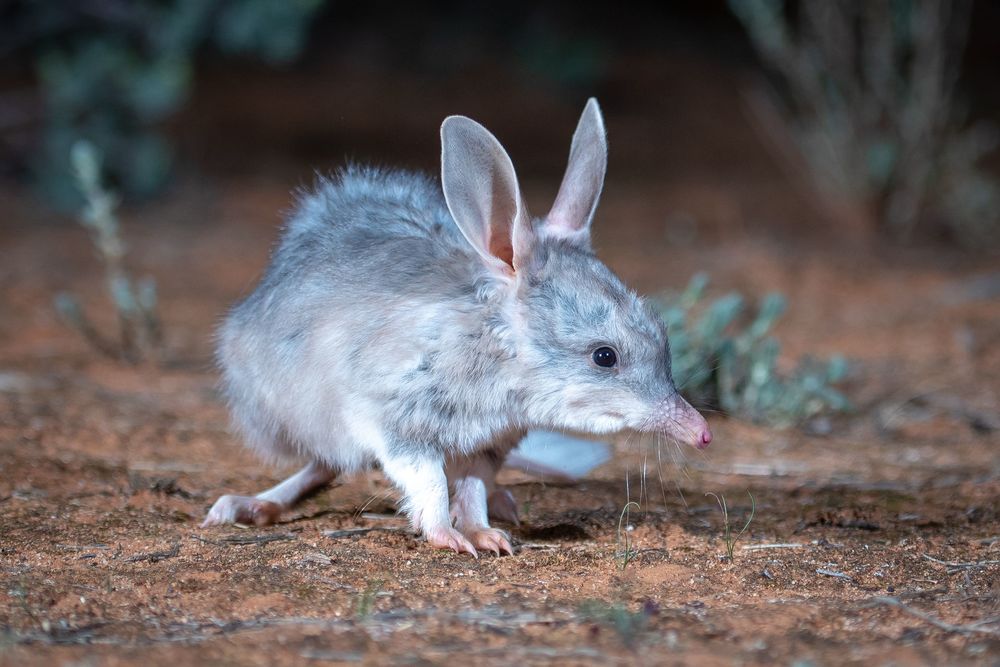Pilliga bilbies back from the dead
Laura Williams
10 September 2022, 7:40 AM
 A numbat enjoying peace from feral predators at Mallee Cliffs. (Image: Australian Wildlife Conservancy)
A numbat enjoying peace from feral predators at Mallee Cliffs. (Image: Australian Wildlife Conservancy)The clock has been turned back 200 years in the Pilliga, to a time when native animals roamed free of threat from introduced species.
Within three years of the rewilding project - which aims to reintroduce 10 locally extinct species to NSW national parks - Pilliga has seen promising results.
The Pilliga State Conservation Area is one of three chosen parks that have benefitted from feral-free areas to reintroduce species, as well as Mallee Cliffs National Park and Sturt National Park.
Under the program, the bilby has been able to thrive in the local forest, a miracle given they’ve been extinct in the wild in NSW for more than 100 years.
Minister for Environment James Griffin said that within three years, the tide has already begun to turn on extinctions under the most ambitious rewilding project in the country.
“This is a world-leading program of rewilding, with a goal of returning the bush to how it was before feral animals were introduced 200 years ago.” Mr Griffin said.
Under the program, the vulnerable species are released into the parks in a fenced-off area, meaning they are free from the threat of feral animals.
“Feral cats and foxes are a huge threat to our native species and are a key driver of high extinction rates, with cats alone responsible for killing 1.5 billion native animals nationally every year,” Mr Griffin said.

The Bilby population rose five-fold from when they were released in the Pilliga in late 2018. 2022 has been the best year for growth yet. (Image: Australian Wildlife Conservancy)
At the Pilliga State Conservation Area site, the reintroduced population of bridled nailtail wallaby has increased by 350 per cent, and the yellow-footed antechinus abundance is 10 times higher inside the feral predator free area than outside.
There has also been a five-fold increase in the bilby population since 60 founders were reintroduced in late 2018, a dramatic increase from the 155 bilbies that were counted in the end of 2021 survey.
The occupancy of the threatened Pilliga mouse has also proved higher inside the fence than outside.
“It’s incredible to see that in such a short period of time, we’re on track to remove at least 10 animals from the NSW extinct list- the first time this will have happened anywhere in the world,” he said.
UNSW Wild Deserts lead Professor Richard Kingsford said it is great to see the whole ecosystem recovering and showing that removal of feral pests can make a real difference.
“This is where we are really starting to see the results of not only the season but the benefits of good management and our collaborations, delivering conservation at scale,” Professor Kingsford said.
“It really does make a difference to actively manage these landscapes and remove feral animals.”
The results are a promising start but unfortunately make little dent into Australia’s infamous reputation, which holds the worst mammal extinction record in the world.




